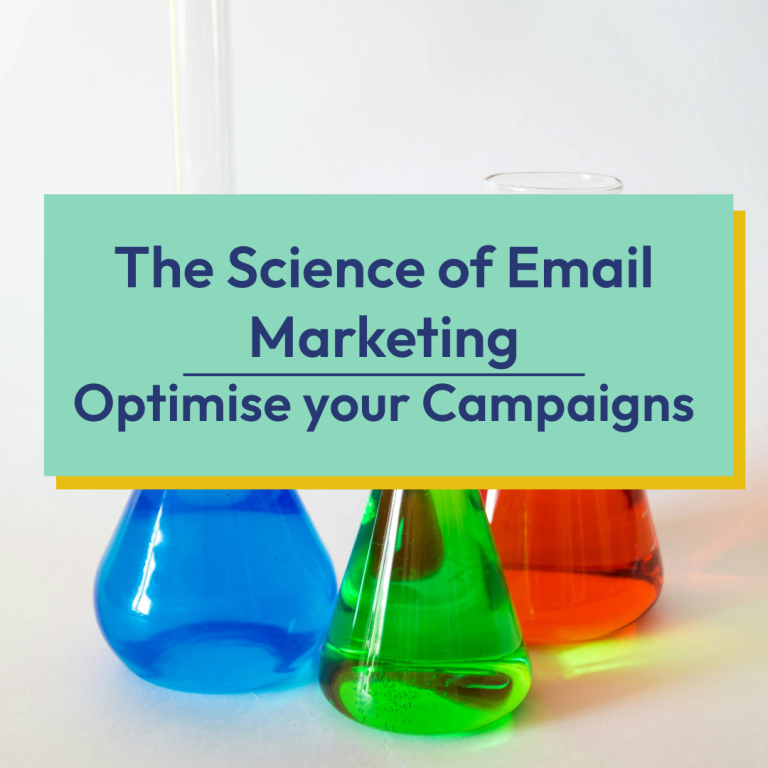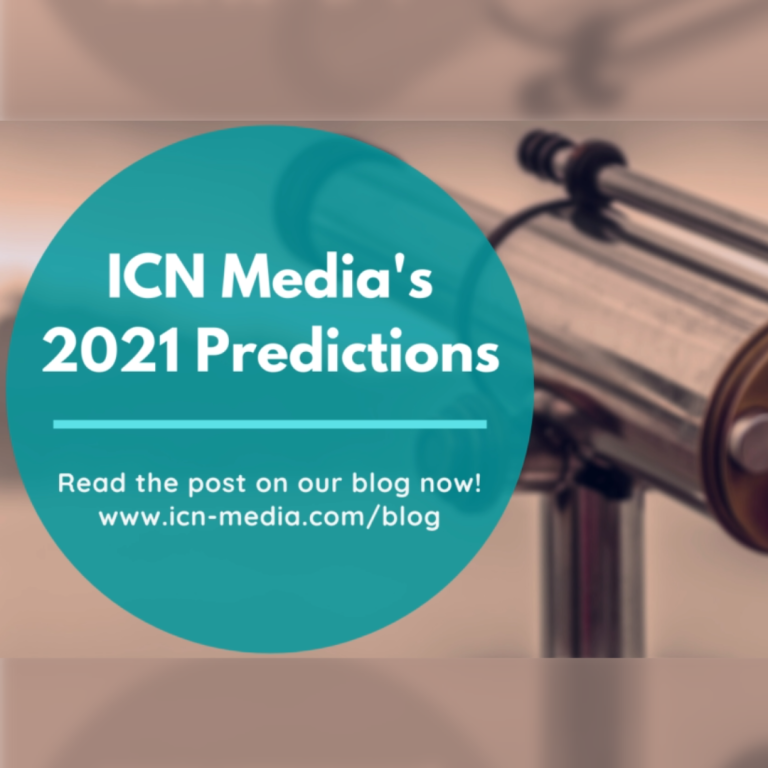ICN, leading paid advertising agency guides you through finding the best Paid ad marketing strategy for your business. Find out where your marketing budget can be smartly allocated and tracked through innovative user acquisition software.
What is Paid Search?
Paid Search advertising is a digital marketing strategy that involves paying a platform such as Google Ads or Meta Ads Manager. This method provides a broad reach of messaging at users searching or interested in your content.
On Google AdWords, CPC (Cost Per Click) is based on which keywords you select. Prices depend on how broad or niche your keywords are. Because this determines how broad the campaign is. However, your campaign is also impacted by your site’s general reliability as perceived by Google. Research into Google Ads PPC finds that Paid campaigns are responsible for 65% of Google Ad clicks. Therefore, investing in this paid marketing strategy may improve your site traffic drastically.
Paid Social Media Marketing
Paid Social media ads is a form of PPC marketing that sends out your creative ad copy to relevant audiences. You can select and tailor your audience by demographics, geolocations, and interest groups.
With the ever-changing landscape of social media user trends, carefully choosing your platform and ad design is crucial to your optimised social media strategy. For the best results, your choice needs to be relevant to both your audience and reflective of the content and products you provide. A good choice in ad hosting and audience can lead to the most positive ratio of ad investment per user gained.

ICN’s Expert Approach
As a digital marketing agency, ICN has developed a unique perspective on how to strategies your Paid ad spending. We prefer to focus on cost per acquisition, or cost per conversion rather than cost per click.
Combining a paid ad strategy with quality content marketing is the best way to make clicks and subsequently, that investment count! A click is not worth it if the content that follows isn’t there. For advice on this, take a look at our previous blog on lead generation, retention, and conversion.
Are you B2B or B2C?
Depending on which target audience your paid marketing campaign is looking to reach and influence, your approach should change.
For a B2B (Business to Business) company, PPC campaigns through Google Ads are more likely to be seen by potential clients further into their buying funnel. Generally, social media marketing is where many companies go to look for other businesses to work with. therefore, an eye-catching social media ad is unlikely to go viral among businesses on, for example, LinkedIn, unless the messaging is an incredibly good deal or a unique service.
Whereas B2C (Business to Customer) targets engage with your Paid marketing material in a more dynamic way. Social media marketing spending accounts for $1 in every $3 spent on digital marketing and is only predicted to rise further in the coming years. Showing a consistent brand face on your audience’s social media feed is key to building your brand as genuine and recognisable. This is incredibly important for customer-facing businesses whose competitors are targeting the same audience.

These are, of course, broad rules for how to engage with Paid Marketing. Your specific B2B sector may thrive on social media, or you are looking to receive a majority of your traffic from Google searches as a B2C company providing a niche service or product.
When approaching paid ads, you should be aware of which marketing platform works best for your business. We recommend testing out different strategies and analysing your Google Analytics or ICN SQUID data as a reflection of each campaign’s click-through rates. This can tell you a lot about the receptiveness of your audience.
What is the Purpose of Your Campaign?
In any PPC medium, the cost for each keyword differs depending on many factors, including Intent. Commercial intent keywords, focused on ready-to-buy users can have higher bid costs. Therefore, unless your campaign is focused on creating a user funnel towards e-commerce conversions, these may not be worth PPC investment.
For raising awareness of your brand, general, high-volume keywords in your sector can be lucrative areas for Paid Search investment. This is especially if you are unsure who your core audience base is.
A campaign like this can be more costly due to the higher visibility it can provide but may be worth it as a data collection exercise rather than for pure acquisition. Comparing the attached demographic data of clicks to conversions can identify geographies, age groups, and interests would make the most effective target base. The most receptive demographics can then become part of your next campaign or re-targeting efforts.

How Big is Your Brand?
The current size of your online presence, and how general or niche your audience is matters when deciding where to target your ads. Through Google Ads smaller businesses with fewer resources can select their targets to get the best conversion rate optimisation from click to purchase.
Experts recommend you include the names of your competitor brands in your paid keyword list. Or better yet, you can include specific product names that are currently popular, or on sale. If you appear in the searches for users who already have the knowledge to look up specific industry brand terms, they are more likely to become customers. This is because they are closer to the centre of the user funnel.
However, Paid ads for some keywords, especially for larger, popular brands can be expensive. Therefore, you may need to rely on niche focused PPC investments. With the help of a PPC marketing agency, this niche focus can be optimised to your brand’s unique selling points. Brand building can be difficult when just starting to break in. Therefore, investing in paid social media advertising with a unique message for your industry can make your audience more familiar with you.
Competitor research is the star of any digital agency’s paid ad strategy. Looking into the platforms larger companies find success in and how they use language, imagery, and calls to action in their ad content can benefit your strategy greatly. You can even jump on trends started organically by your competitors through Facebook and Instagram. Retargeting methods where interests and search terms on the social media sites related to your sector. By engaging with social media posts from others in your sector, you get more eyes on your brand.

Which Strategy is Right for You?
For any Digital Marketing strategy, patience is key. Being consistent in your messaging and analysis of your metrics benefits you in the long term to develop a dependable strategy.
Are you looking for a partner in kick-starting your journey into paid search or any other aspect of digital marketing? Including B2C and B2B SEO? Don’t hesitate in contacting our experts at ICN. Simply fill in our contact form or give us a call at +44 (0)115 8244 448.
Blog by ICN’s SEO Analyst & Content Creator Gemma Gibson


